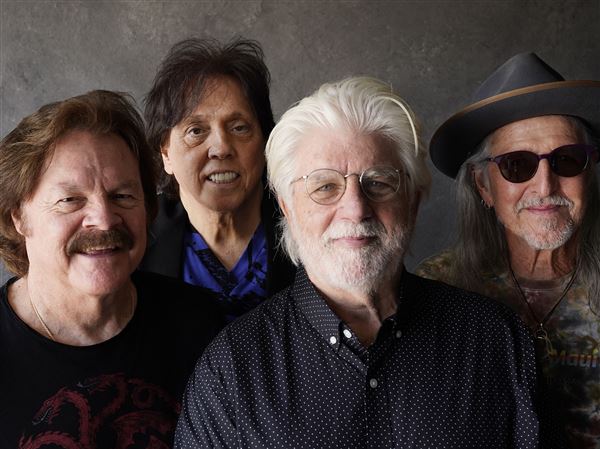At some point not long after the funeral service has ended, after family and friends have gone home, after the last casserole has disappeared, you find yourself alone with thoughts about your loved one. And that’s when the journey of grief really begins.
Grief is the price we pay when we lose someone we love.
And while grief has an obvious starting point, it has no real conclusion. It’s a process, a journey without a clear destination.
It’s a point where you turn inward with your sorrow and heartache and you’re suddenly faced with learning to live in a new reality. You must deal with a torrent of mental and physical reactions that can include unimaginable sadness, isolation, fatigue and an overwhelming sense of loss.
You wonder how you will continue to live without the spouse or partner. Or the parent who raised you and who was your guiding force. Or a beloved grandparent. Or a sibling. Or a close friend.
Or, perhaps worst of all, your child.
The ensuing days, weeks and months are dominated by heartache and disbelief. Exhaustion sets in. You weep without warning. You can’t sleep or become forgetful or easily distracted.
For many, grief may bring a renewed sense of faith, which can provide strength for the long journey ahead. Family, friends and co-workers can offer a sympathetic ear, or prayers, or hugs, but they can only do so much, because grief is an intensely personal journey. You are the only one who can walk the path.
Gradually, you adjust to a new world that is strangely and irretrievably empty. The tears still come, but not as often. Eventually you find that you can smile — even laugh — again.
But the heartache is always there.
Some days it’s in the background — an awareness of loss is a constant part of your life. Other days are much harder, when feelings of sorrow can break over you like ocean waves. At such times, seemingly minor matters become extraordinarily difficult. Getting through the day takes effort.
And then there are what some people call trap doors of grief. A seemingly innocuous thing can bring memories flooding back: A photograph on a shelf. A memento. An old birthday card that was set aside months ago. A place where good memories were made. A song.
At such times, the tears may flow anew. But each time it happens, you know they will stop. And each time you come through it perhaps a little better, a little stronger, knowing that you’ll be able get through it again.
Even though grief is very personal, it is universal: none of us is immune. More than 2.5 million people die every year in the U.S., and if you figure four or five people are directly affected by each death, that’s more that’s more than 12 million people who experience some form of grief in a year, roughly the entire population of Pennsylvania.
The problem for many is that the world keeps moving along at its regular pace, while those who have suffered a loss are still trying to come to terms with their grief. And those who are grieving can’t understand why nobody understands what they’re going through.
But life does go on. We do heal. We get better. But we also come through the journey with a different perspective on life. And on death.
It was with this in mind that we decided to explore the intensely personal experience of grief through stories, pictures and videos.
We have consulted with experts who may explain the process of grief, how we cope with it and how we may help others who are grieving. We talked to people who are trained to help those who are grieving, whether they may be very young, or those who lost someone with whom they shared a lifetime. And we talked to people who have lost loved ones who told us about their experience, some in very personal ways, and how it affected them.
By their very nature, some of these stories and images may be unsettling and difficult to read. But we hope that these very personal accounts may provide insight and sensitivity to the losses that affect us all, sometimes profoundly so.
Matthew P. Smith: msmith@post-gazette.com or 412-263-1738.
First Published: March 13, 2016, 3:58 p.m.



















